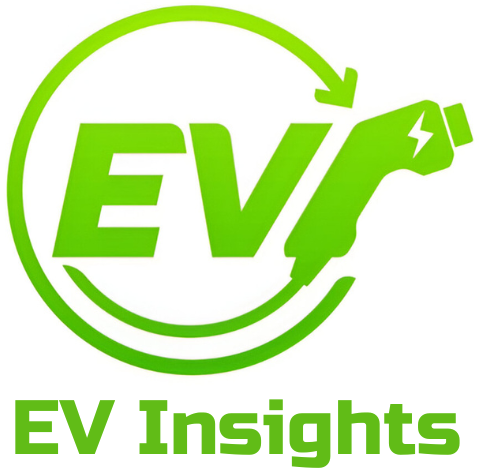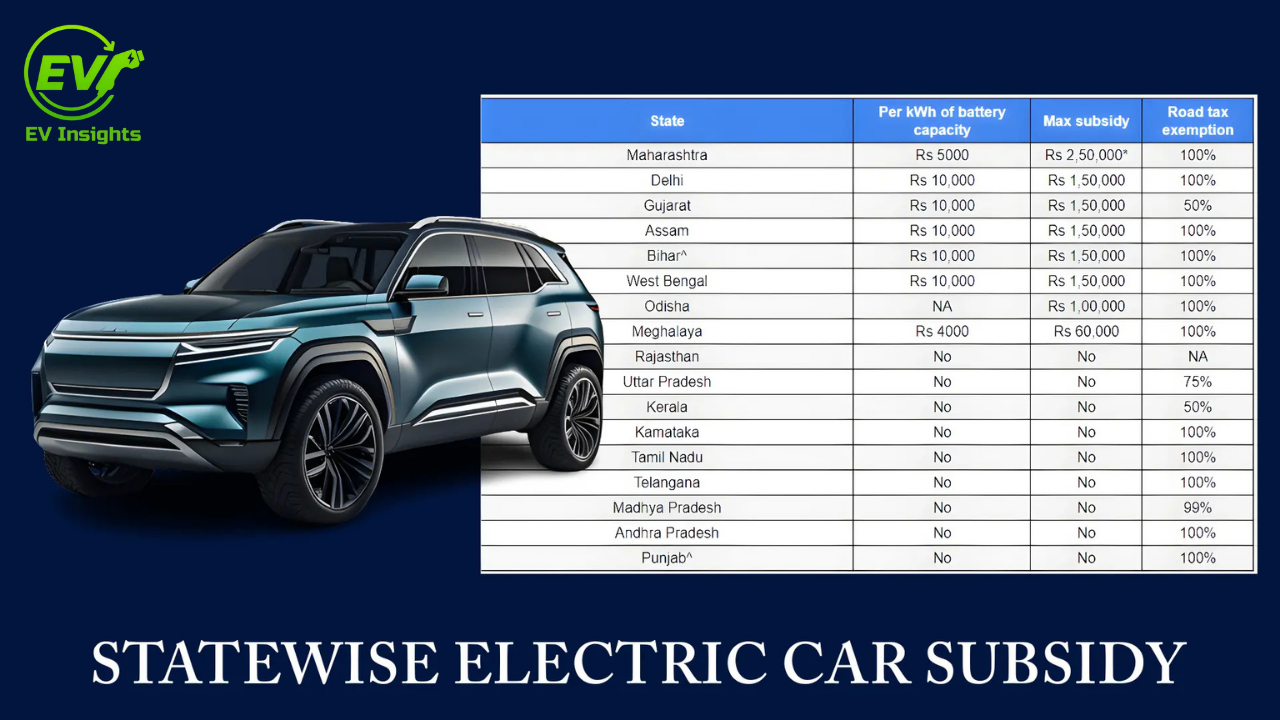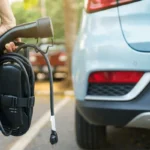As India accelerates towards a greener future, EV subsidy in India have become a driving force in promoting clean mobility. Whether you’re planning to buy an electric scooter, car, or commercial EV, understanding how to apply for EV subsidy is crucial to saving thousands of rupees.
The Government of India, through the FAME India Scheme (Faster Adoption and Manufacturing of Electric Vehicles), has made electric vehicles more affordable by offering direct financial incentives to buyers. However, the application process can seem confusing for first-time EV owners.
This detailed step-by-step guide to EV subsidy in India 2025 will help you navigate eligibility, documentation, and the exact process to claim your subsidy without hassle.
Understanding the EV Subsidy in India
The EV subsidy in India is part of the FAME II scheme, launched by the Ministry of Heavy Industries (MHI) to encourage electric mobility. It aims to make EVs affordable and expand charging infrastructure nationwide.
What is the FAME II Scheme?
The FAME II (Faster Adoption and Manufacturing of Electric Vehicles) scheme provides subsidies for electric two-wheelers, three-wheelers, and four-wheelers. This incentive is automatically deducted from the vehicle price at the time of purchase, making EVs significantly cheaper upfront.
For example, buyers of electric scooters like the Ola S1 Pro, Ather 450X, and TVS iQube receive subsidies up to ₹22,000 under FAME II. Similarly, electric car buyers benefit from state-specific subsidies and central incentives combined.
Eligibility Criteria for EV Subsidy in India 2025
Before you apply for EV subsidy, it’s important to confirm whether your vehicle and purchase type qualify.
Central Government Eligibility
To be eligible under FAME India subsidy 2025, the EV must:
- Be manufactured and sold in India.
- Meet the performance and safety benchmarks set by the MHI.
- Use advanced battery technology (like Lithium-ion).
- Be purchased from a certified dealership listed under the FAME portal.
State-wise Subsidy Policies
Each state also has its own EV subsidy policy, offering additional incentives. For example:
- Delhi: ₹10,000 per kWh for e-cars, ₹5,000 per kWh for e-scooters.
- Maharashtra: Up to ₹1.5 lakh for electric cars and ₹15,000 for scooters.
- Gujarat: ₹20,000 subsidy for two-wheelers and ₹1.5 lakh for four-wheelers.
Check your state’s EV policy page for specific subsidy amounts and requirements.
Step-by-Step Process to Apply for EV Subsidy in India
Here’s a simplified breakdown of how to apply for your electric vehicle subsidy in India:
Step 1 – Choose an Eligible EV Model
Ensure your EV is listed on the FAME India website (https://fame2.heavyindustries.gov.in/).
Only models approved under FAME II qualify for subsidy benefits.
Step 2 – Buy from an Authorized Dealer
Purchase your EV from a FAME-approved dealer. The dealer will automatically register your subsidy claim with the government. The discount is reflected directly in your invoice price.
Step 3 – Provide Required Documents
Keep the following documents ready:
- Aadhar card & PAN card
- Vehicle registration certificate
- Dealer invoice
- Bank account details (for state subsidy transfers)
Step 4 – Apply for State Subsidy (if applicable)
For additional state-level subsidies, visit your state’s EV portal. Example:
- Delhi: ev.delhi.gov.in
- Maharashtra: mahaevsubsidy.gov.in
- Gujarat: gujaratevpolicy.com
Submit the form with your vehicle details and supporting documents.
Step 5 – Track Your Subsidy Status
You can track your subsidy application online through your state EV portal or by contacting your dealership.
If you need further guide you can refer to below video.
State-Wise EV Subsidy Comparison (2025)
| State | Two-Wheeler Subsidy | Four-Wheeler Subsidy | Max Limit |
|---|---|---|---|
| Delhi | ₹5,000/kWh | ₹10,000/kWh | ₹1.5 lakh |
| Maharashtra | ₹5,000/kWh | ₹10,000/kWh | ₹1.5 lakh |
| Gujarat | ₹4,000/kWh | ₹10,000/kWh | ₹1.5 lakh |
| Tamil Nadu | ₹5,000/kWh | ₹10,000/kWh | ₹1.25 lakh |
| Telangana | ₹4,500/kWh | ₹10,000/kWh | ₹1 lakh |
Pros and Cons of EV Subsidy in India
Cons
- Limited subsidy duration (valid till FAME II budget lasts).
- Not applicable to all EV manufacturers.
- Documentation and state portal delays can frustrate users.
Pros
- Reduces upfront EV cost significantly.
- Encourages wider EV adoption.
- Supports India’s goal of net-zero emissions by 2070.
- Boosts domestic EV manufacturing.
Expert Tips to Maximize Your EV Subsidy Benefits
Combine Central and State Subsidies
Buy an EV model approved under FAME II and from a state with an active EV policy for maximum combined benefit.
Time Your Purchase Right
Keep an eye on new policy updates — some states revise their schemes annually, increasing or extending benefits.
Conclusion
The EV subsidy in India 2025 represents one of the biggest opportunities for early adopters of electric mobility. By understanding how to apply for EV subsidy, you can save big while contributing to a sustainable future.
The FAME India scheme and state EV policies together make owning an electric vehicle smarter and more affordable than ever.
So, if you’re planning your next EV purchase, make sure you follow this step-by-step EV subsidy guide and claim every rupee you deserve.
Explore more EV Insights for the latest updates on electric vehicles, charging stations, and battery technology in India.




Pingback: EV Safety Guide 2025: Fire Risks & Solutions for Safer Electric Driving
Pingback: Best Electric Scooters for Women in India 2025 – Top Picks